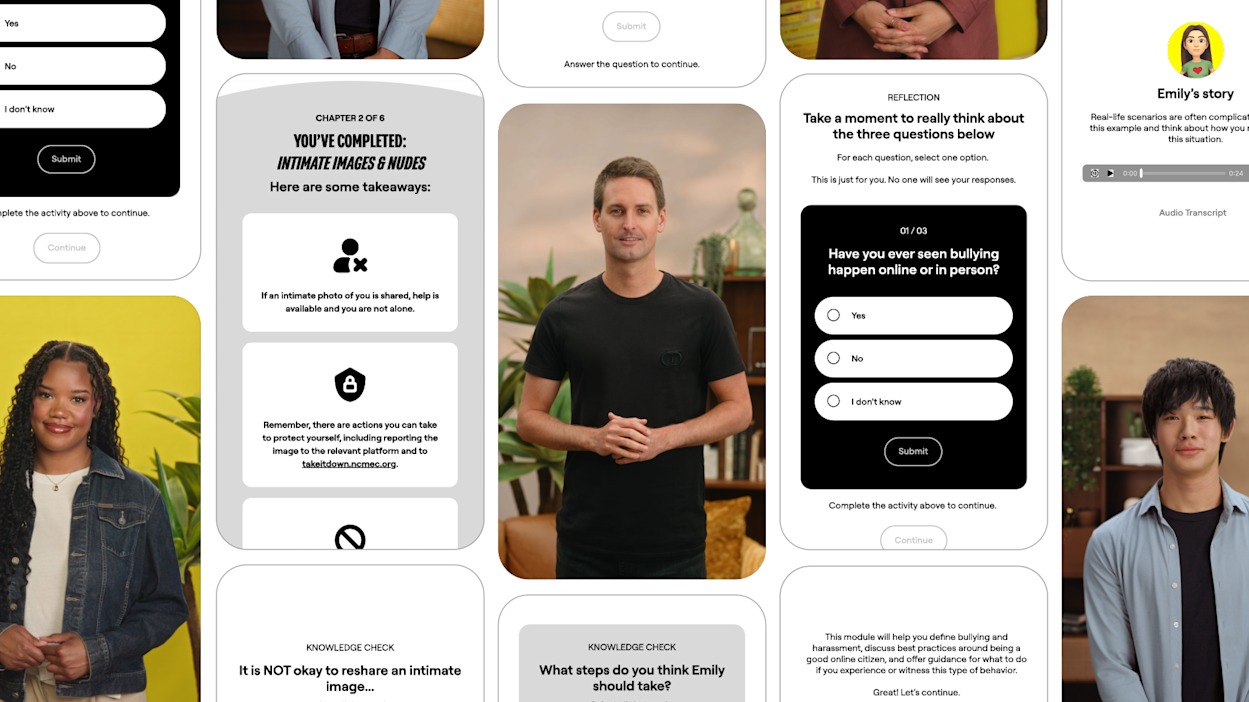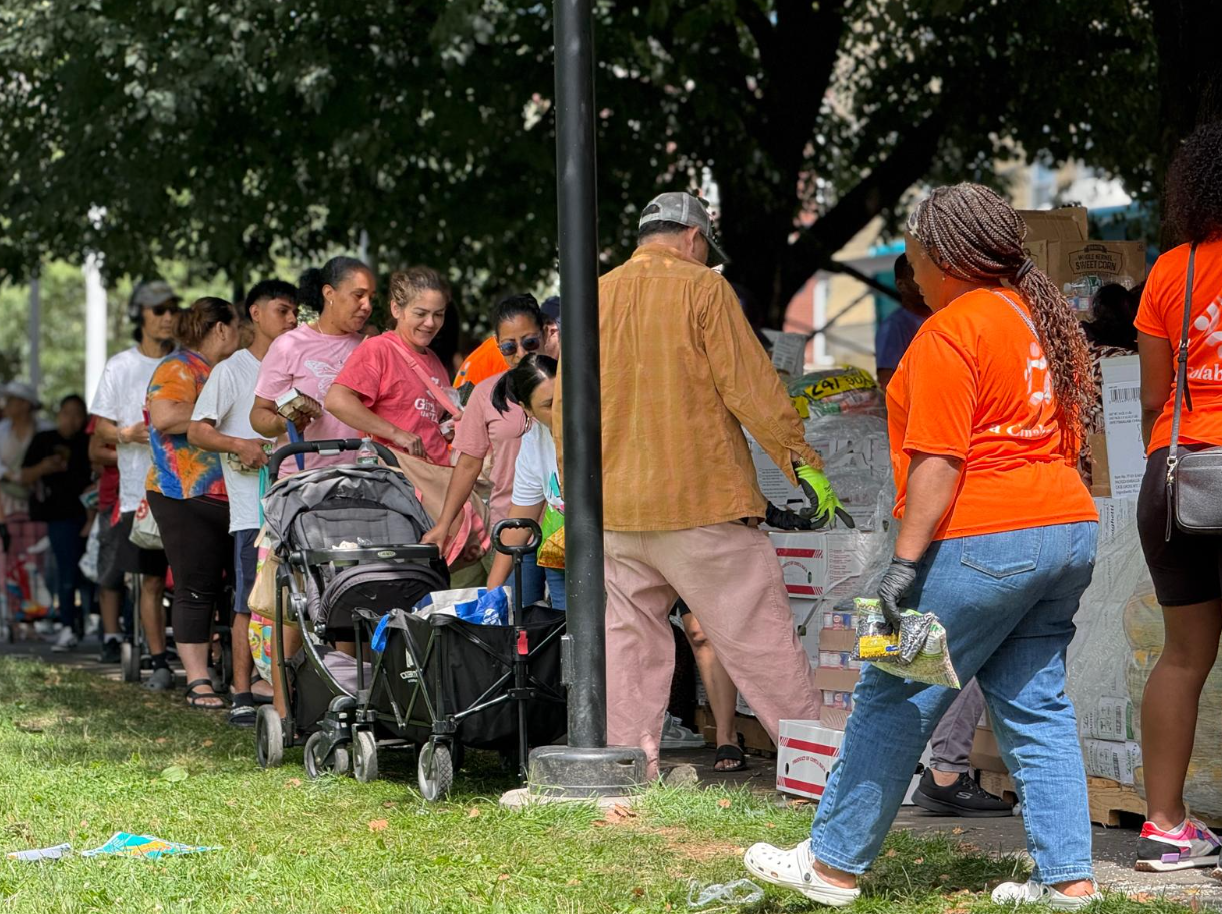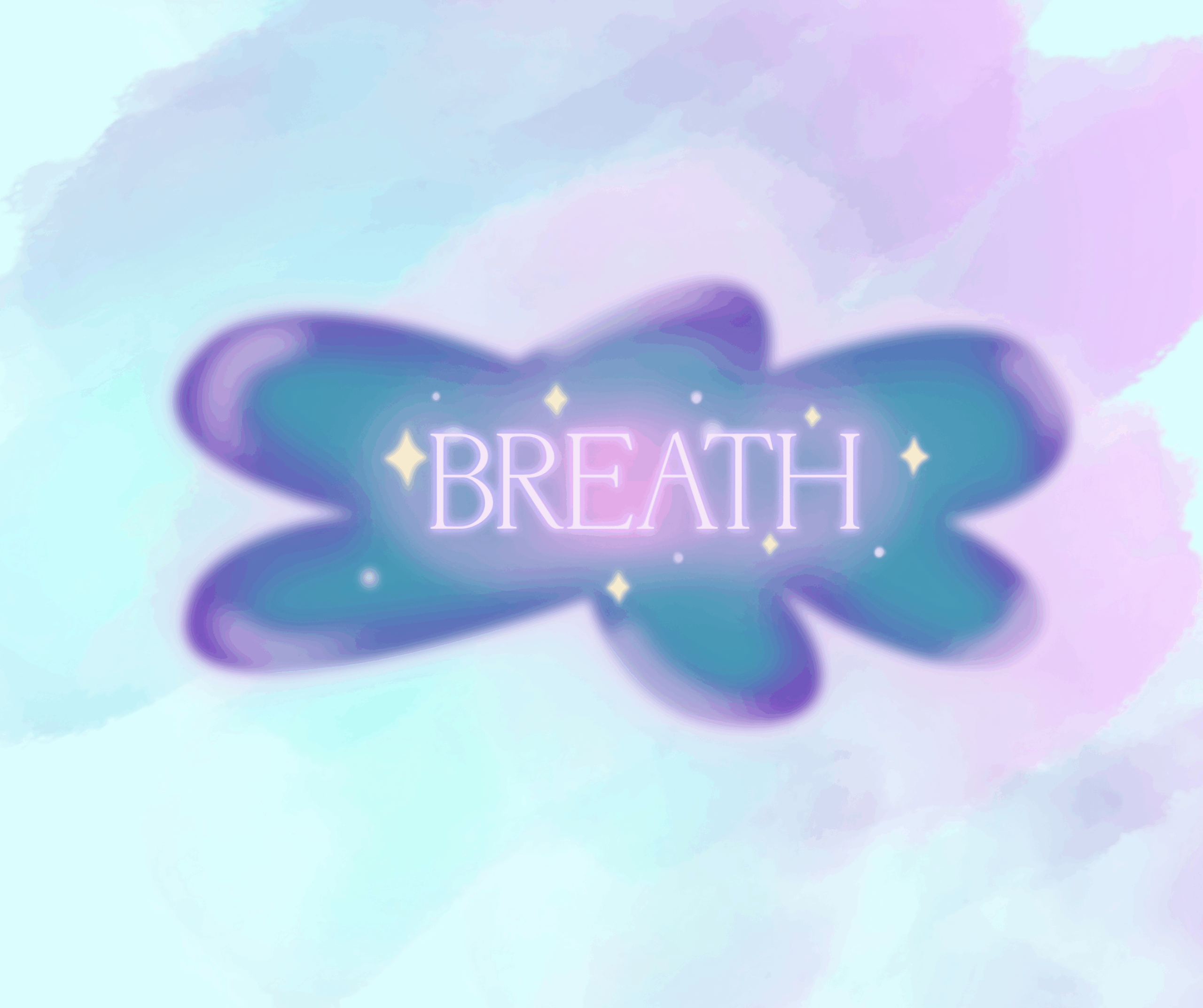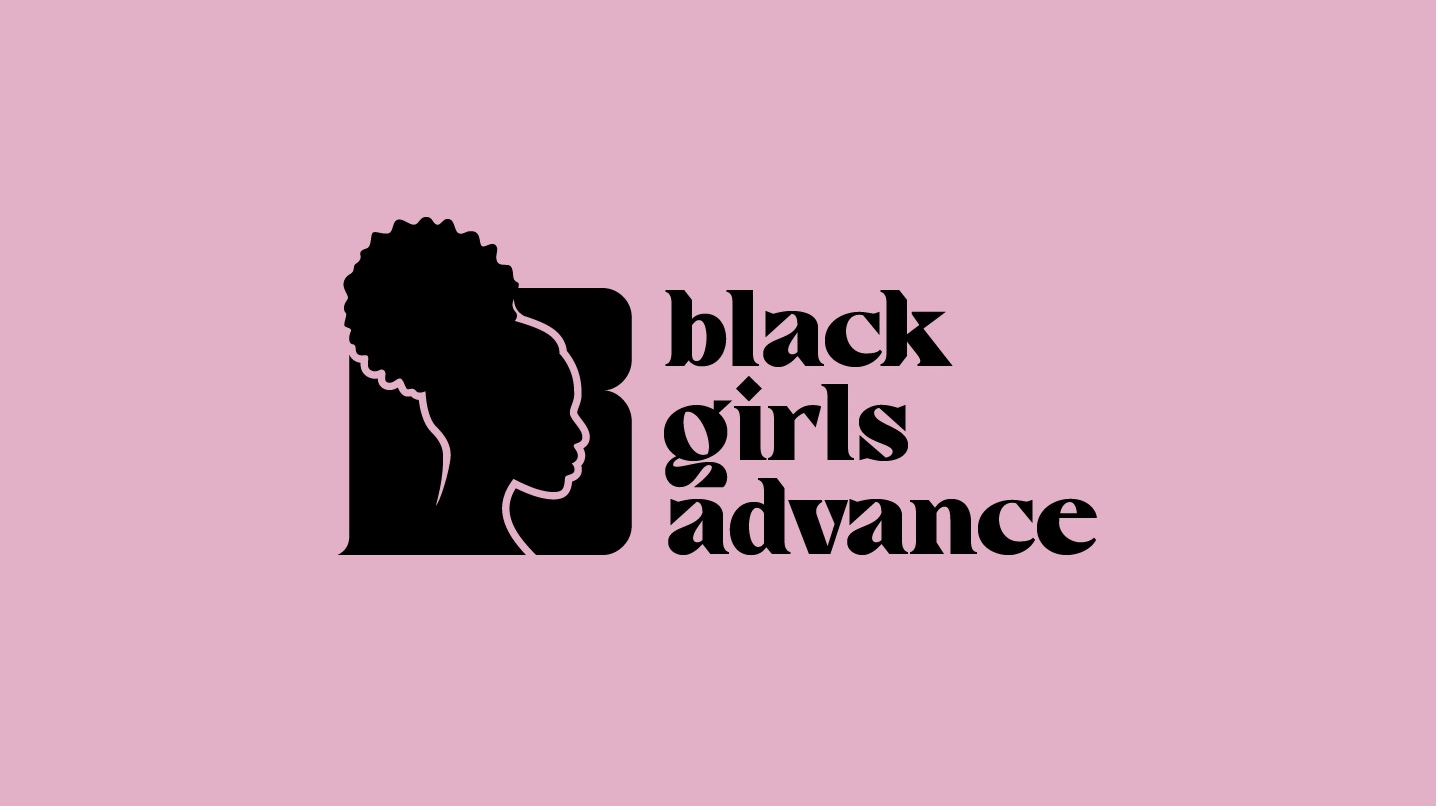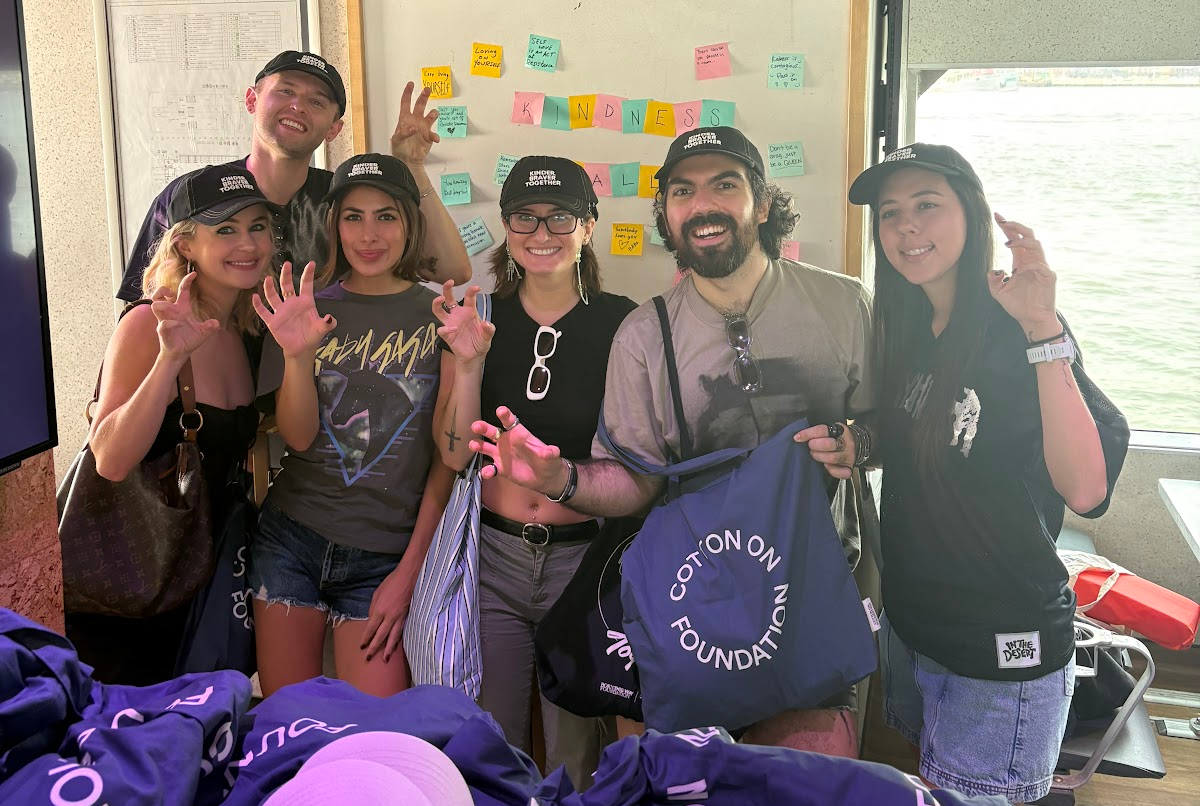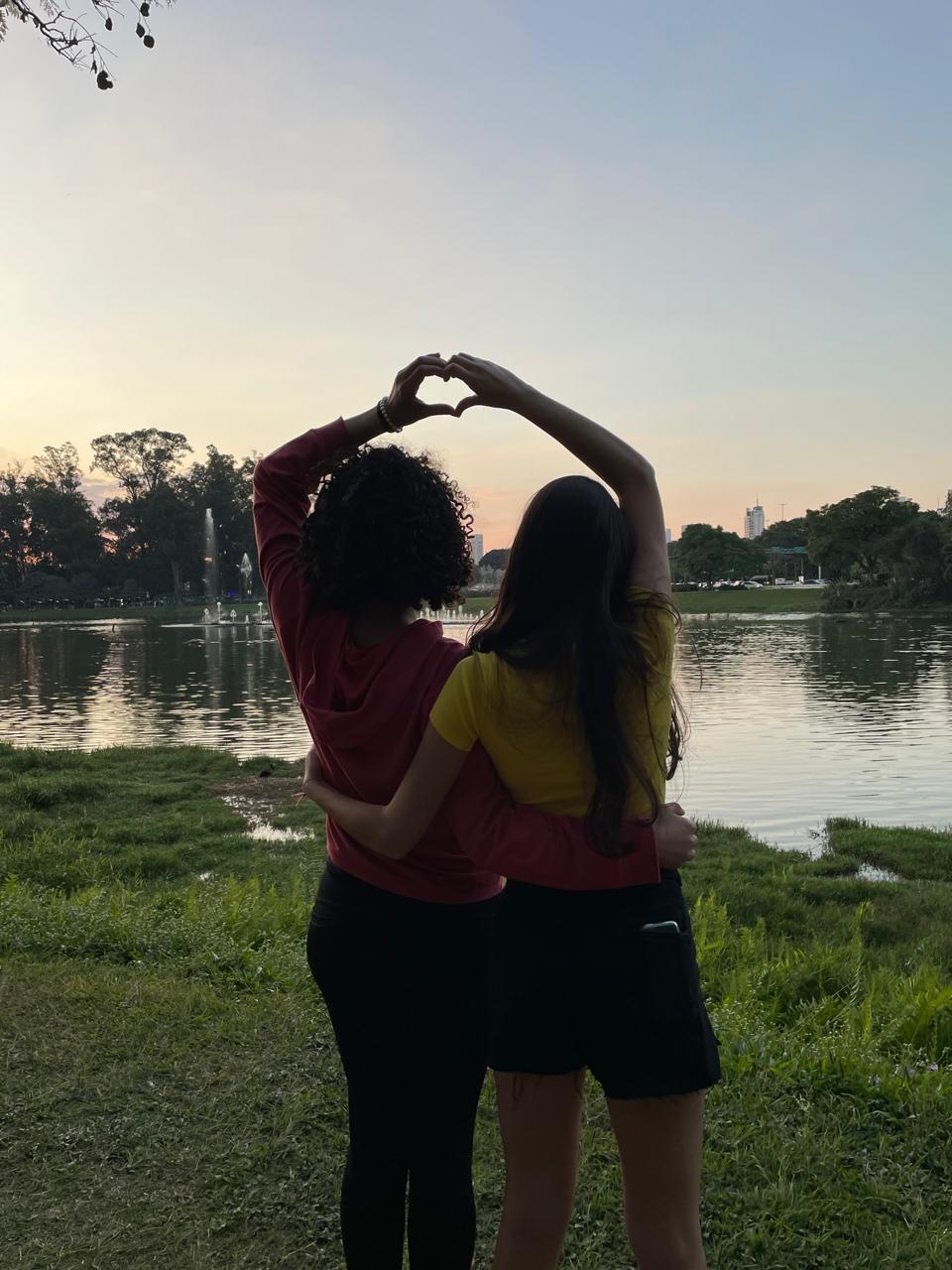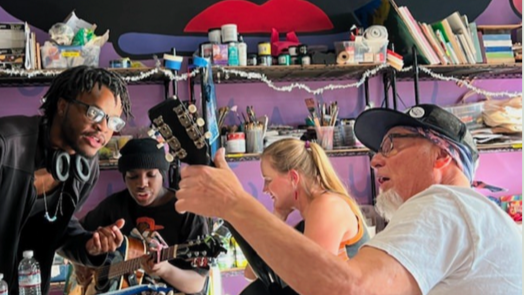During my freshman year of college, I sat beside a friend in class as she discreetly slid ice packs into her sleeves – a quiet attempt to soothe relentless joint pain without drawing attention. Despite her visible efforts to remain socially and academically engaged, campus clinicians minimized her symptoms and attributed her occasional absences from class to laziness. This pattern of medical gaslighting, in which healthcare providers (“HCPs”) dismiss or discredit patients’ symptoms, is all too common when young women seek care for chronic health issues. HCPs often claim they are “too young” to experience chronic symptoms. In researching this topic, I came to understand how deeply gender bias shapes medical encounters. Many HCPs omit from clinical notes that women are advocating for a diagnosis or treatment plans due to mistrust in their ability to detail their symptoms reliably. These assumptions often lead HCPs to falsely assign young women psychological diagnoses before they are eventually re-diagnosed with physiological ones, delaying appropriate treatment and eroding trust in HCPs. I view these patterns as emblematic of a broader failure to view women’s health issues as legitimate.
Transnationally, similar patterns of medical gaslighting have emerged among patients reporting long-term effects from COVID-19. Public health scholar Dr. Karen Bonuck maintains that the COVID-19 pandemic marked a large-scale increase in disability for young women, citing her daughter’s experience with post-acute sequelae of COVID-19 (PASC). PASC describes heterogeneous medical conditions, ranging from non-specific symptoms such as joint pain to specific organ dysfunction, that either begin or persist after an acute COVID-19 infection. In May 2020, patients started colloquially referring to PASC as “Long-COVID” on the social media outlet Twitter (now “X”). Young women consistently experience a higher prevalence of neurocognitive Long-COVID symptoms, including “brain fog,” which causes difficulty maintaining focus, as compared to young men. I see Long-COVID’s psychological toll on young adults as equally alarming, with a 53% increased likelihood of meeting the clinical threshold for serious psychological distress.
In the absence of adequate medical support, many young women have turned to TikTok’s chronic illness community; the large scale of this community is evidenced by the 7.8 billion views of videos under the hashtag #chronicillness. A 2024 study analyzed 160 TikTok videos about users’ experiences with chronic illness. The researchers found that a conceptual theme in TikTok videos on chronic illness is young people sharing their highly specific challenges to connect with others who can offer condition-specific advice and support. For example, one studied young adult created a step-by-step tutorial for a $12 ring splint that alleviates joint pain, an alternative to a $2,000 medical device. Another user explicitly vocalized their desire for this type of guidance, passionately asking, “I just want to know, people who have this, what do you do? I don’t have anybody to support me.”
One of my favorite aspects of the online chronic illness community is how users share conceptual frameworks that help fellow chronically ill people articulate their experiences to able-bodied peers. In a recent TikTok, disability activist @disabledinnature explains “Spoon Theory,” a metaphor initially created by blogger Christine Miserandino to describe the limited energy experienced by people with chronic illnesses. Each task in a day “costs” a spoon, and once spoons are depleted, the person is out of energy until they can rest. @disabledinnature also introduces “Fork Theory,” a lesser-known cousin of Spoon Theory, where “forks” represent pain triggers that accumulate throughout the day, eventually leading to a pain shutdown. These frameworks not only translate invisible experiences into accessible language but also, I believe, demonstrate the creativity and ingenuity that define this community.
The above-referenced study identified “motivating others” as another recurring theme in chronic illness TikTok videos. For example, one of my favorite creators, 20-year-old disability rights activist Isabel Mavrides-Calderón, whom I had the pleasure of interviewing in 2021, motivates her TikTok followers to engage in chronic illness-related policy advocacy. A unifying theme in her work is the belief that disabled individuals must play a central role in shaping policies that affect them; in 2021, she emphasized that “disabled people with a variety of different disabilities need to help approve the plan [to make New York City’s transportation system accessible].”
The phenomenon of chronically ill women rebelling against unfair medical gaslighting is not new. Female Victorian writers like Charlotte Perkins Gilman, in The Yellow Wallpaper (1892), used their work to critique the trivialization of women’s real health struggles. In Gilman’s story, the narrator, a woman suffering from an unspecified illness, is prescribed a “rest cure,” which involves isolation and inactivity, a pseudoscientific treatment for hysteria. As she is confined to a room with yellow wallpaper, the narrator becomes increasingly obsessed with it and eventually imagines a woman trapped inside. Gilman’s portrayal of the character’s descent into madness sheds light on the harm caused by the medical establishment’s failure to take women’s health seriously. Just as Gilman’s critique challenged medical authority, today’s chronically ill young women on platforms like TikTok are equally empowering themselves and others, advocating for recognition and dignity in a world that often ignores their experiences.









